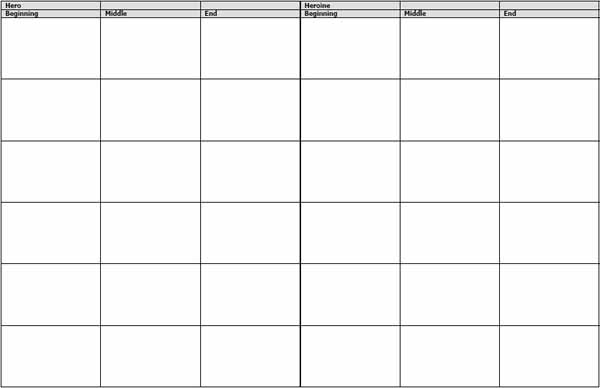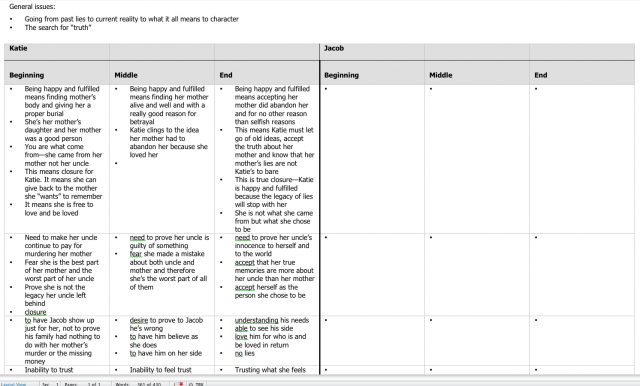Let’s dig deeper into how critique groups and brainstorming can ramp up the motivation and plot we’ve spent the last two weeks of HoWW insisting will work much better, if you write from deeply-drawn character arcs. At least that’s been my experience while teaching and working with writers for years, as well as working on my own books and those of other authors like Jenni. Let’s go deeper into our Character Plotting conversation for another Wednesday, and you can let us know in the comments how we’re doing and if you want to hear more…
We left Jenni last week typing away on her laptop at the conference we attended together, after we’d spent the better part of an evening taking potshots at her work-in-progress. Actually, we’d been working pretty hard together (and pretty calmly, all things considered), trying to understand what wasn’t working and how to get every second of hard work she’d already put into the project to pay off. Which of course meant, as she and you now know, even more work.
She was going to have to rewrite. A lot. Frustrating? Sure. But our critique process is always focused on the work and making it better, so we typically wind up the emotional portion of the evening pretty quickly and get back to business. And for her book, that meant going back to the beginning and figuring out what her heroine was all about, all over again.
“How do you do that?” I can hear a lot of you asking. Just like my students have asked for years, ever sense I began teaching workshops and half-day/weekend retreats on deconstructing story and character and digging to the bar- bones truth about why they’re doing the crazy things they do in your books.
“But I’m a pantser,” others say, “and I can’t write if I have to analyze everything about my character’s motives and conflict.”
Um, okay. Don’t over-complicate your process. Got it.
I assure you, the basics of “character plotting”–brainstorming character arc for an entire novel–couldn’t be more simple. In theory. And in reality, not doing it to preserve your “creative process” is a cop out. Remember, this is something Jenni and I worked with AFTER she’d penned her rough draft–of the ENTIRE book. We were rewriting/reworking at this point. Deconstructing. Fixing the “writing by the seat of her pants” stuff.
Have you ever held a WIP in your hands and loved parts of it, but you knew it was broken and likely unsellable, and you had no idea what to do with what you’d created? Yeah–us too. Most every published author has. With most every book they’ve written. That’s why we put ourselves through the trauma of rewriting. A lot. And some of us learn along the way how to do a bit of this analysis ahead of time, in the planning phase, since that tends to save you time in the long run and make the rewriting you do even more effective once you get to it.
So. Simple. That’s our primary objective for this post. Here goes the “theory” part…
This is what my Character Chart looks like before you and a critique partner begin to deconstruct what’s going on in your WIP. (It’s a little small, so it’ll fit into the blog, but you’ll get the gist.)

That’s right. That’s my super-secret, crack-the-character code. Now you’re in the know. Beginning, middle and end, charted out in pretty much the simplest Microsoft Word table there is. This is a critique concept that’s simple enough for anyone to work with, right? (more…)









